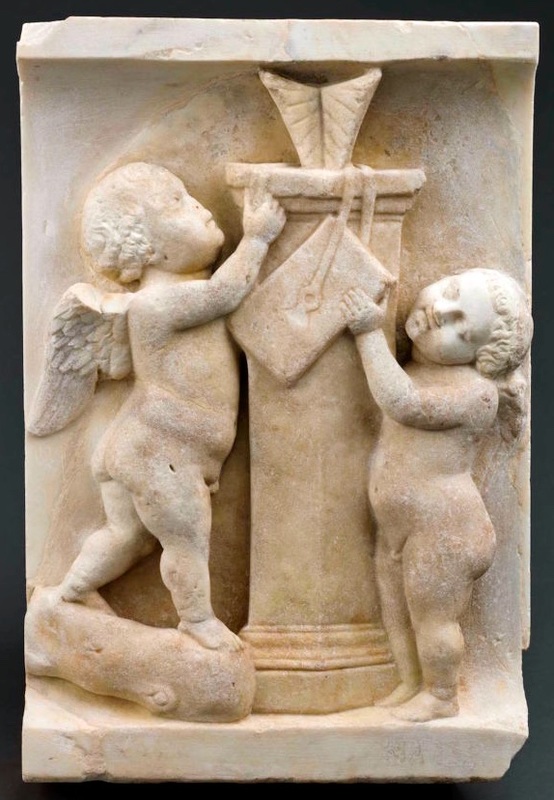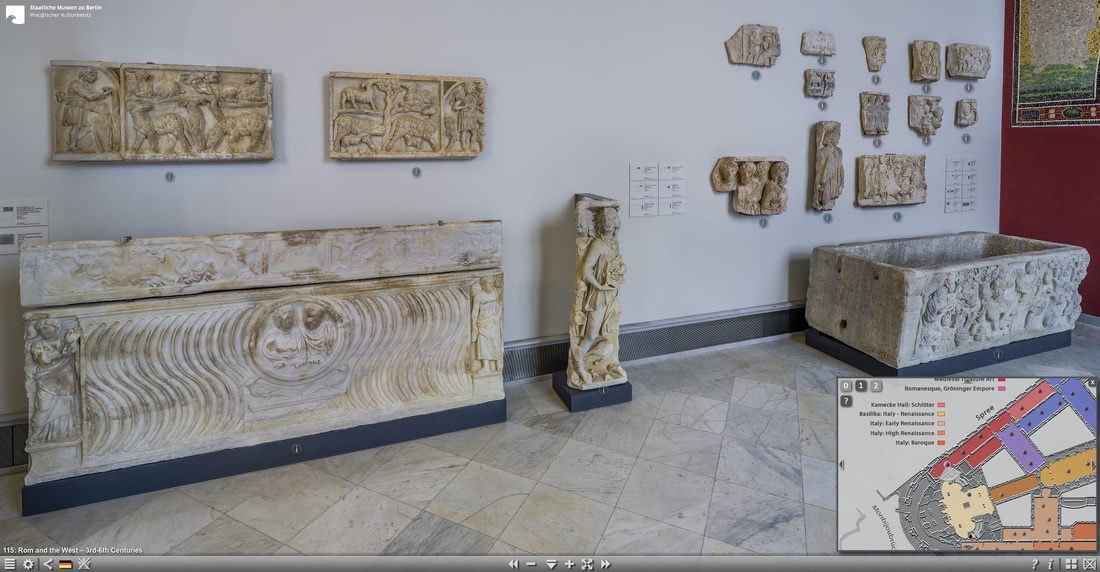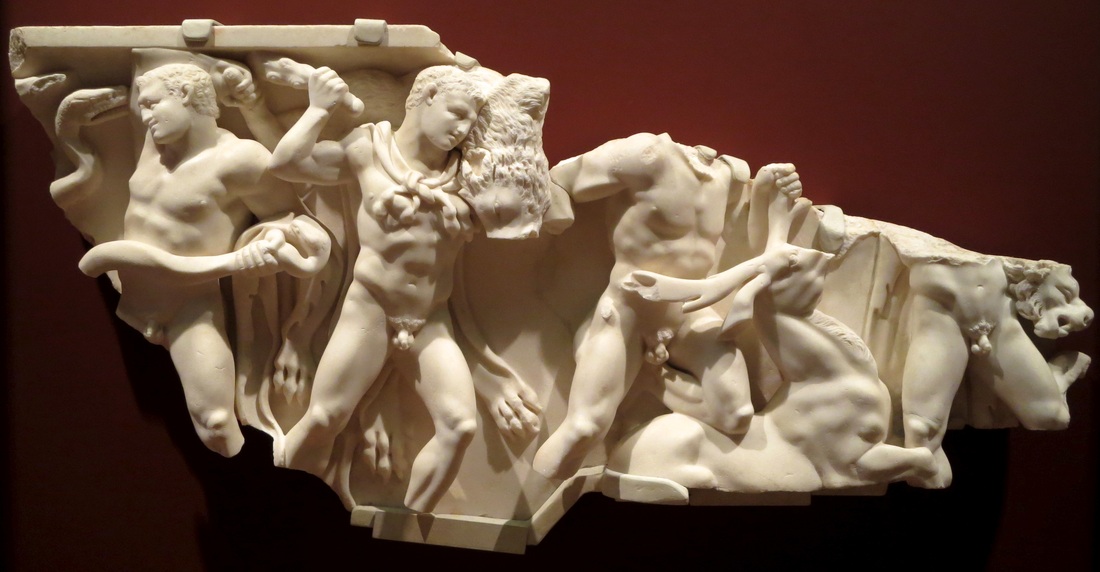National Museum of Beirut reopens basement featuring 31 anthropoid sarcophagi, Icarus sarcophagus12/6/2016 This is one of the most heart-warming developments that I've ever had the pleasure of blogging.
Abu Dhabi's The National reports that the National Museum of Beirut has — after 41 years of closure following the outbreak of the Lebanese Civil War in 1975 — reopened its basement galleries. Finding itself directly on the infamous Green Line that bisected Beirut during the Civil War, the museum and its objects were immediately imperiled by civil strife and looting. Read the full report in The National of the extreme measures to which then director of antiquities Maurice Chehab went in order to safeguard the collection in the basement. The story is astonishing. The highlight of the collection is the world's largest series of anthropoid sarcophagi: 31 in all, all from Phoenician Sidon and carved between the 6th and 4th centuries BC. Also figuring prominently in the reopened galleries is a fragment of a Roman sarcophagus from Beirut itself depicting Icarus standing beside the wing-crafting Daedalus, according to the Daily Mail. The scene is fantastically rare: I know of no other Roman sarcophagus that shows it. Berlin's gorgeous Bode Museum has launched itself online. Virtual visitors can now navigate at will through a full 360º panoramic tour of the entire museum, complete with clickable objects.
This panoramic tour includes room 115, the sarcophagus room, offering a nice assemblage of late 3rd- and early 4th-century metropolitan specimens. Some, but not all, of these feature early Christian imagery — the reason, one suspects, that they were purchased for the museum's 'Byzantine' collection in the first place. Standouts include:
Below is a still screenshot taken from the virtual tour. Click on it to explore the room and objects yourself. As detailed by Artlyst, London's Ordovas gallery is exhibiting a collection of works on marine themes. Titled The Big Blue, it features a fragment of an Antonine marine sarcophagus showing a Nereid and Tritons (visible at the far right in the photos below), beside works by Francis Bacon, Gustave Courbet, Max Ernst, Pablo Picasso, Piet Mondrian, Yves Klein, Damien Hirst, and others. Although one wonders about the provenance of the piece, it is lovely to see a Roman sarcophagus celebrated for its relevance amidst such famous modern company. The show remains on display until December 12. Following several years of renovation, the Saint Louis Art Museum's collection of ancient art has recently reopened with a fresh face, thanks to reinstallation by Assistant Curator Lisa Çakmak.
The Roman gallery now prominently features a fragment of a sarcophagus showing the Twelve Labors of Hercules (inv. 138:1987). The proportions of this Antonine fragment — its 1.42 meters must represent less than half of the original length — are absolutely massive. This was a monumental piece indeed. Its composition also departs from the standard in unexpected ways. Most noticeably, our hero here turns his torso to the left rather than right when bludgeoning the Hydra (contrast with the pieces in Mantua and Rome's Palazzo Altemps) — a choice that quirkily interrupts the narrative's rightward flow. |
Roman
|





